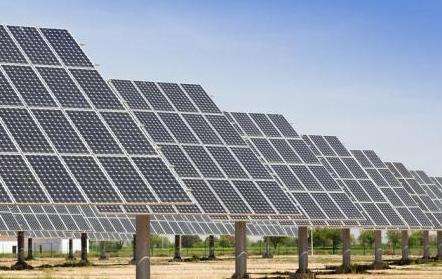Judging from the current electricity consumption environment, which is dominated by thermal power, occasional use is still the mainstream. That is to say: the power plant generates electricity---transmits it to the grid---transmits it to users for use. There is no energy storage link in between. A small number of power grid companies will use pumped hydro energy storage to adjust peaks and frequency, pumping peaks and filling valleys. That is, when there is surplus power at night, electricity (water pumps) are used to pump water from the downstream of the hydropower station to the upstream to generate electricity.
With the updating and upgrading of the energy system and the advancement of the dual-carbon goal, renewable energy, led by solar and wind energy, has begun to be widely used. Since wind power and photovoltaic power are greatly affected by weather and have great instability, energy storage technology plays a vital role. Some people believe that the combination of wind, solar and energy storage is likely to become a new energy development trend in the future.
The industry believes that in the next few years, the new energy energy storage industry will continue to "accelerate", the deployment of long-term energy storage systems that adapt to large-scale needs will be accelerated, and the coupled development of diversified energy storage technologies will The resulting increased safety hazards should be prevented in advance.
Lejia Smart Energy is a high-tech enterprise focusing on new energy power, lithium battery applications, energy storage technology Internet of Things, and artificial intelligence. It is committed to using Internet of Things and artificial intelligence technology to change new energy power and new technologies. Energy travel industry.
Lejia smart energy storage system products include battery cells, modules/boxes and battery cabinets, etc., which can be used in the fields of power generation, transmission and distribution, and power consumption, covering solar or wind power generation and energy storage facilities, Energy storage for industrial enterprises, energy storage for commercial buildings and data centers, energy storage charging stations, backup batteries for communication base stations, household energy storage, etc.














